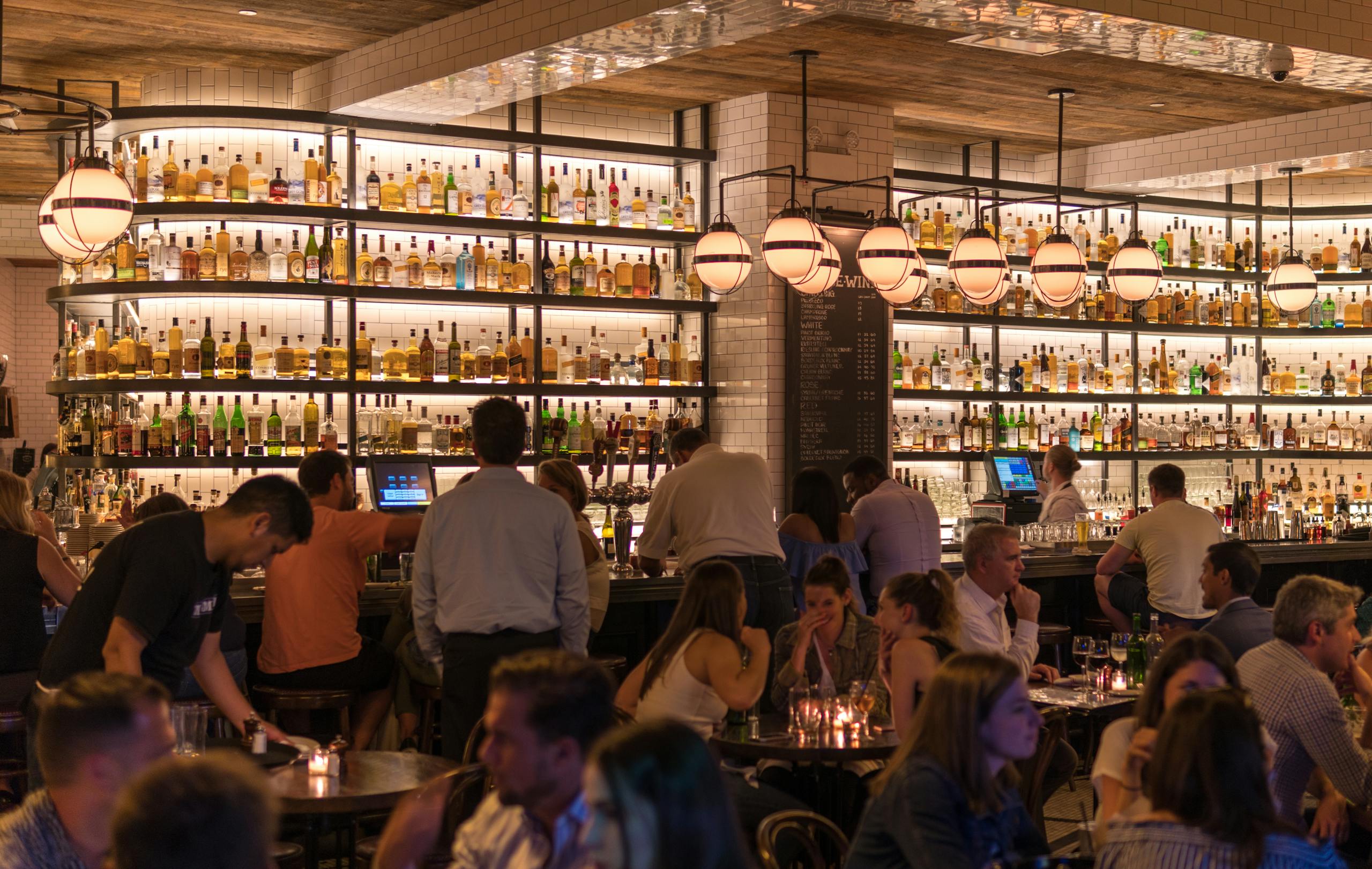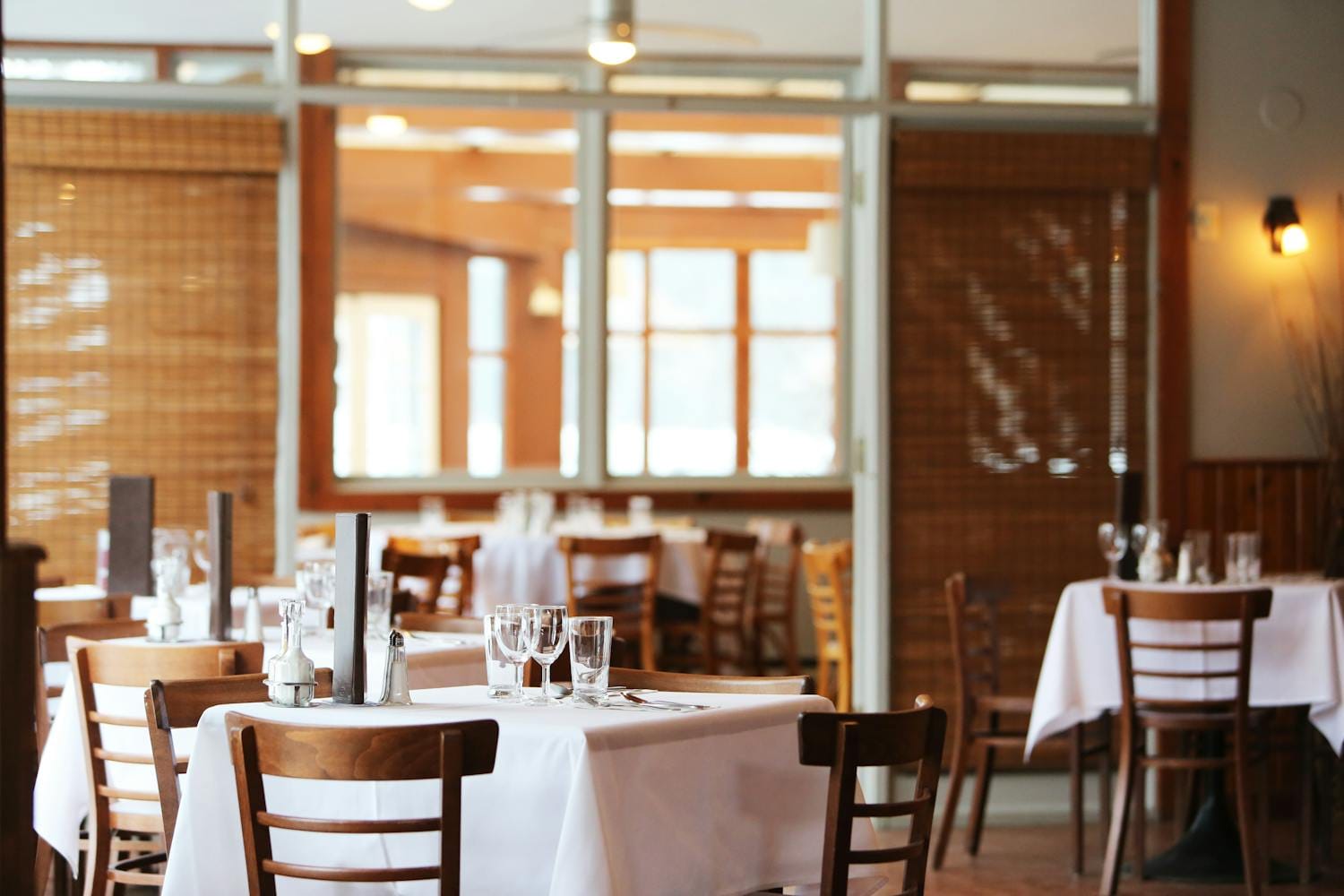
Understanding these restaurant industry practices can help you make more informed choices when dining out. Restaurant owners might prefer you didn’t know these details, but as a consumer, this information can help you navigate your dining experiences more effectively.

Menu Psychology
Restaurants strategically design menus to guide your choices. According to research published in the Journal of Hospitality Management, items placed at the top and bottom of menus receive 25% more attention. Additionally, dishes with descriptive language sell up to 27% more than plainly named items.
Menu engineering is a science,” explains former restaurant consultant James Miller. “The most profitable items are often highlighted in boxes or placed in the upper right corner—where eyes naturally go first.”
Pricing Tactics
The Cornell School of Hotel Administration found that removing dollar signs from prices can increase spending by up to 8%. Restaurants also use “charm pricing” (ending prices with .99 or .95) to make items seem less expensive.
Portion Control
Many restaurants have reduced portion sizes while maintaining or increasing prices, a practice known as “shrinkflation.” The National Restaurant Association reports that 62% of restaurants adjusted portion sizes in 2023 to manage food costs.
Drink Markup
Beverages typically have the highest profit margins. A glass of wine often sells for what the restaurant paid for the entire bottle. Soft drinks can have markup rates exceeding 1,000%.
Specials Strategies
Daily specials aren’t always created to showcase chef creativity. Often, they’re designed to use ingredients approaching their expiration date or to offload excess inventory.
Reservation Policies
Many restaurants overbook reservations, expecting no-shows. Industry data indicates that approximately 15% of reservations result in no-shows, according to OpenTable’s 2023 industry report.
Music and Ambiance
Research from the Journal of Culinary Science shows that fast-tempo music increases table turnover, while slower music encourages diners to stay longer and order more drinks.
Bread Service
Complimentary bread isn’t just a courtesy—it’s strategically timed. It satisfies initial hunger, reducing the likelihood of customers ordering less profitable appetizers.
Weekly Planning
Food deliveries typically arrive early in the week. Monday dishes often use weekend leftovers, while seafood is generally freshest midweek.
Server Recommendations
When servers recommend dishes, they’re sometimes guided by management to promote high-profit items or dishes that need to be sold quickly.
Cleaning Practices
Health department inspections are typically scheduled, allowing restaurants to prepare. Daily cleaning standards may differ from what you see during these peak cleanliness periods.
Understanding these practices doesn’t mean you should avoid restaurants altogether. Rather, this knowledge empowers you to make more informed decisions when dining out.
Sources:
- Journal of Hospitality Management, “Menu Psychology and Consumer Behavior,” Vol. 45, 2023
- Cornell School of Hotel Administration, “Pricing Strategies in the Restaurant Industry,” 2022
- National Restaurant Association, “Annual Industry Report,” 2023
- OpenTable, “Reservation Trends and Analysis,” 2023
- Journal of Culinary Science, “Environmental Factors in Dining Experience,” Vol. 18, 2022
- Food Service Quarterly, “Profit Margins in the Restaurant Industry,” Spring 2024
- American Culinary Federation, “Restaurant Operations Best Practices,” 2023






